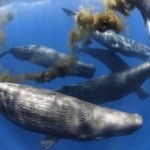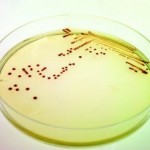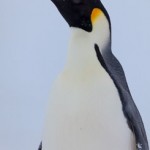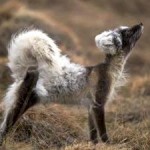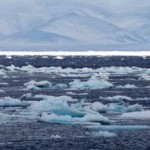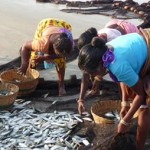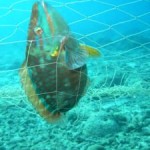Ongoing work by Palmer scientists shows that the population of Adélie penguins near Palmer Station has fallen 85% since 1974. Though the researchers stop short of attributing this decline solely to a climate-related shortage of krill, they do express concern for the future given that climate models project an increase in the occurrence of positive SAM episodes during the coming century.
“Projections from global climate models under ‘business-as-usual’ emission scenarios up to the year 2100 suggest a further increase in temperature and in the occurrence of positive-SAM conditions,” says Saba. “If even one positive SAM episode lasted longer than the krill lifespan – 4 or 6 years with decreased phytoplankton abundance and krill recruitment – it could be catastrophic to the krill population.”
In addition to Adélie penguins, krill are the main food source for Antarctic fur seals, macaroni and gentoo penguins, and albatross. They also feed baleen whales such as humpbacks.
Click here to read/download the Full Study – “Winter and Spring Controls on the Summer Food Web of the Coastal West Antarctic Peninsula”.
Source: By David Malmquist, VIMS.

